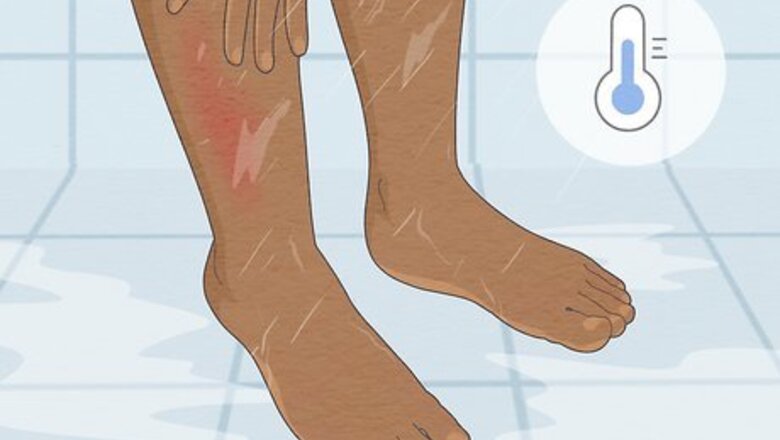
views
X
Trustworthy Source
MedlinePlus
Collection of medical information sourced from the US National Library of Medicine
Go to source
Read on to find out what to do if your skin reacts to the hair removal cream and how to prevent future outbreaks.
Treating the Rash Immediately
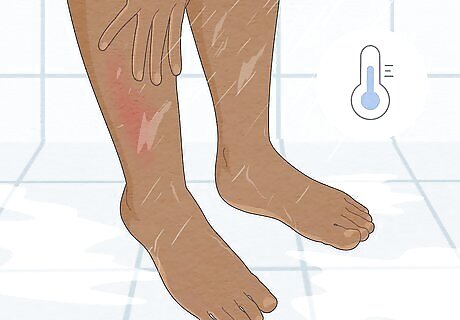
Run cold water over the area for 10 minutes. You probably want to hop in the shower to do this so you can have a steady stream of water flowing over the rash. Make sure you are rinsing off any cream that may still be on your body, including the residue. Do not use soap, body wash or any other product to cleanse the area as you rinse your body. Gently pat your skin dry after rinsing.
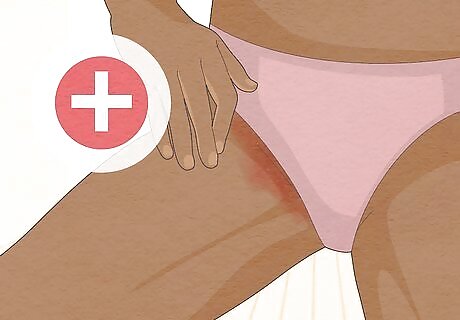
Seek emergency treatment if you feel dizzy, experience severe burning or numbness, or have open or weeping spots around your hair follicle. You may have a chemical burn and need professional treatment. If the rash is on your face, around your eyes, or genitals, contact your physician for assistance.
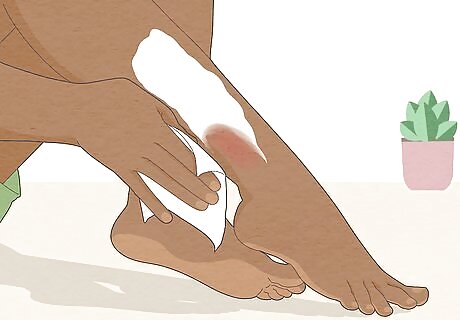
Wipe off the cream as soon as you notice a reaction. A little tingling is normal, but if your skin starts to burn, get the cream off your skin immediately. Some companies include a spatula to help scrape off the product; use the spatula or a soft cloth to wipe the cream off your skin. Don't scrub your skin or use anything rough or abrasive (like a shower loofah or exfoliating glove) to remove the cream. You don't want to scratch yourself or irritate your skin further.
Soothing the Rash
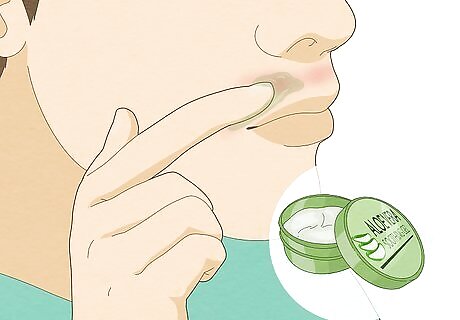
Use moisturizing cream on the rash. A moisturizing lotion may be made up mostly of water and, with repeated use, can actually strip the natural oils from the skin, causing further irritation. Look for a cream or ointment that is not labeled as a solution or lotion and contains natural oils. Aloe vera will also soothe and hydrate the skin affected by the rash. You can use an aloe vera gel or use it straight from the plant itself. Make sure the product is unscented, as the additional ingredients can irritate your rash.
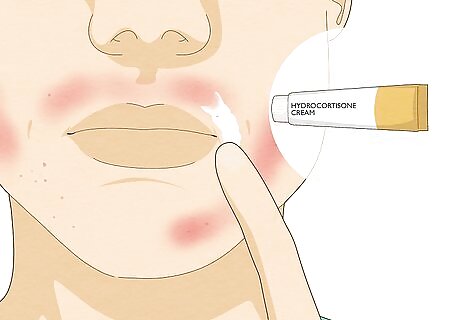
Apply a hydrocortisone cream to reduce swelling, reduce redness, and itching. Hydrocortisone is a mild corticosteroid and can make you much more comfortable as your rash heals. It should only be used in the short-term unless longer use is prescribed by a doctor. Stop using the cream if you experience further irritation or redness or develop acne where you applied the hydrocortisone. Laying a damp cotton cloth over the applied hydrocortisone can help your skin absorb it faster.
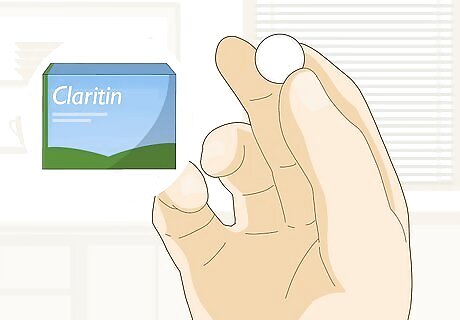
Take an antihistamine to control itchiness. You can get over-the-counter antihistamines in drowsy or non-drowsy formulas. Your body will have released histamines to protect you from infection, but these may also cause you to itch (they're the same things that cause your nose to run when you have an allergic reaction). The antihistamine will suppress the side-effects of the histamine, leaving you itch-free. If the itching is keeping you awake at night, try an antihistamine that makes you sleepy (it probably won't be labeled as such, but it won't have "non-drowsy" on the box). Because antihistamines can make you tired (sometimes even the non-drowsy antihistamines can have this side-effect), don't take any before driving or doing anything else that requires you to be very alert.
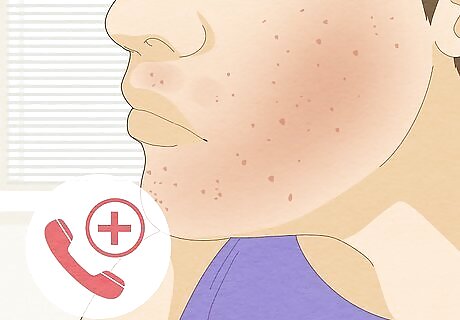
See a doctor if the rash doesn't disappear after a few days or respond to treatment. If you begin developing other side effects, like hives or a fever, or your current symptoms get worse, contact your doctor immediately.
Avoiding Making the Rash Worse
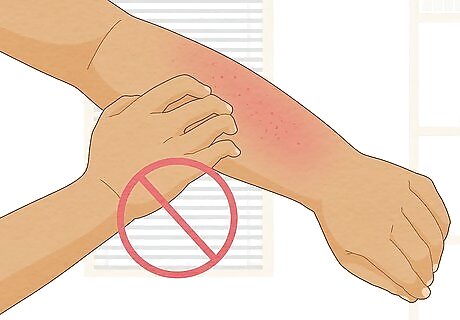
Don't touch or scratch the affected area. This can damage and further irritate the skin and can lead to an infection. You may even have some depilatory cream still under your nails. Wear loose clothes that won't rub or chafe the rash and possibly cause a friction burn. When using a cloth to wash the Nair off, don't rub too hard or scrub and try not to wipe the same area too many times.
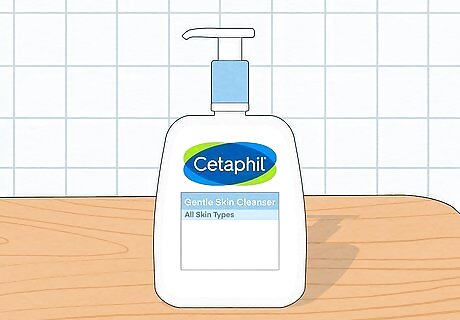
Use soap with care when you shower. Depending on the type of soap and severity of the rash, you could make the rash worse by using soap when you shower. Pick a mild, fragrance-free cleaner or a gentle non-abrasive soap such as Cetaphil and use as little soap as possible. Do not use deodorant soaps. You might also try an oatmeal bath, which can give some relief. You can add ground oatmeal directly to warm bath water or make a sachet.
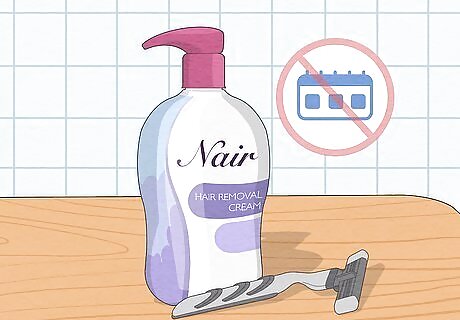
Don't shave or reapply cream for 72 hours after using a depilatory cream. You should wait 24 hours before applying deodorant, perfumes, makeup, or tanning lotions to the area where you've used the cream. These products can cause you to develop a rash or possibly a chemical burn. Wait 24 hours before going swimming or sunbathing.
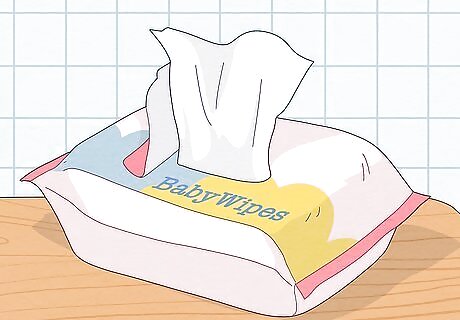
Use baby wipes instead of toilet paper. Choose unscented baby wipes that contain aloe in place of toilet paper if the rash is on your bikini area.


















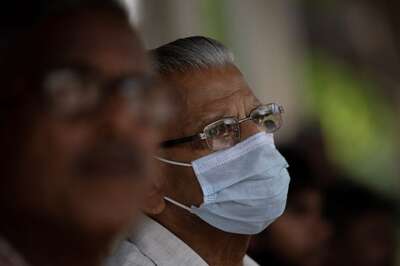
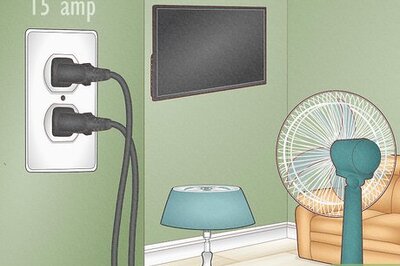
Comments
0 comment